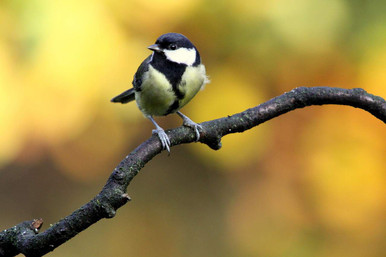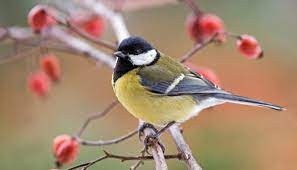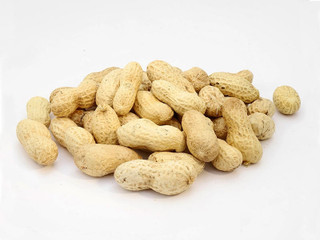Kennedy Wild Bird Food Guide to the Great Tit
The great tit with its green and yellow feathers, glossy black head, and white cheeks is the largest tit in the UK. Although the great tit is primarily a woodland bird they have adapted to man-made habitats and are now a familiar visitor to gardens around the UK. If you have a bird table, it's normal to see the great tit fighting off other smaller tits. However, in the winter it works alongside blue tits and other members of the tit family to scour the countryside and gardens for food.What does a great tit look like?
The male great tit is slightly larger than the female. Featuring a green back with yellow underparts and a black stripe from the throat down the rest of their body. You can tell the males apart from the females because their black stripe is much wider than on the females. Young great tits have a slightly paler plumage than the older great tits. Unusually, the chicks already have coloured patches of feathers, unlike many other juvenile birds which are brown in colour to avoid being easily spotted by predators.











